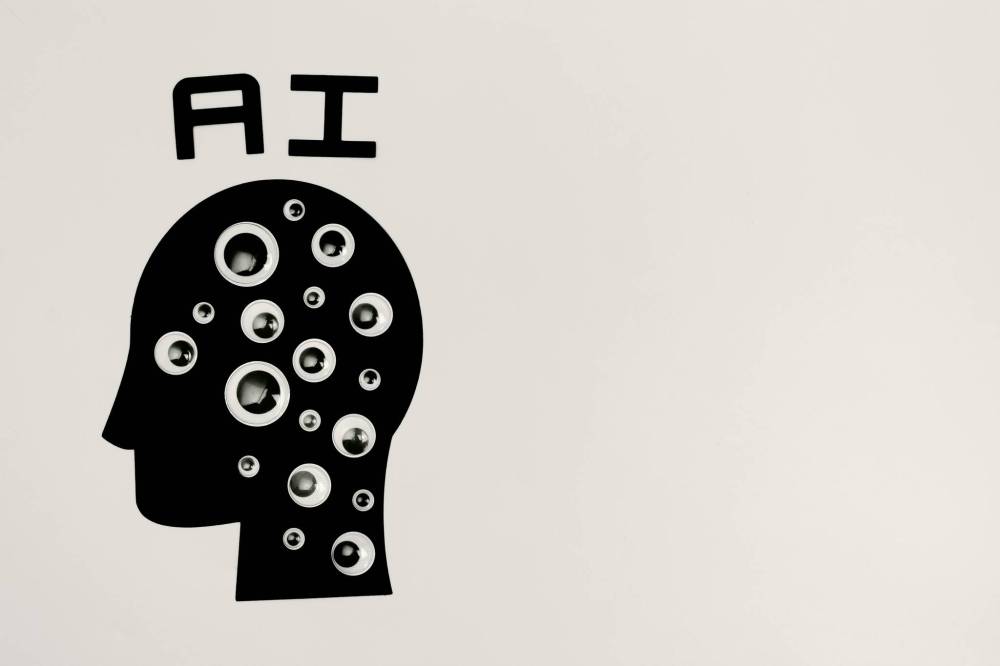Artificial intelligence is undeniably among the coolest technologies in recent memory — making science fiction science fact.
It’s not a stretch to see how it will change everything, including banking. It’s also easy to understand people’s sense of unease, given the many dystopian science fiction tales involving AI.
Prairie folk are among the most skeptical of AI as a life-improving technology, a new study by TD shows, finding 35 per cent of Manitoba and Saskatchewan respondents trust AI as a technology.

That’s compared with the national average of 43 per cent.
This scepticism may stem from unfamiliarity, with 40 per cent of all respondents giving themselves a ‘C’ in AI-related knowledge.
This is all fine and somewhat informative, but why is a Big Bank interested in our AI familiarity and trust?
Like other financial institutions, TD has been working with the technology on behind-the-scenes processes and looking to offer consumer-friendly AI tools.
“The first thing to address is how AI can make supporting our customers better,” says Aitor del Coso, vice-president of analytics, insights and AI, Canadian personal banking at TD.
That consumers are a bit suspicious of AI is understandable, especially with respect to their money, he says.
But both consumers and financial institutions recognize the potential for AI-enabled banking tools can be a positive — helping us save, budget, manage debt and invest, presumably better.
Already, TD plans to introduce a generative AI search engine for its employees to find solutions for clients within its own datasets — i.e. its own banking protocols — later this year, he says.
It also has evolving AI tools for portfolio managers and analysts to be able to gain better insights and make better investing decisions.
In the next few years, if not sooner, consumer-facing tools will emerge.
“Right now, we’re working on ensuring there are the right guardrails in place,” says del Coso. “We don’t want it providing the wrong advice or insights.”
He notes most financial institutions like TD already do a good job of serving clients through existing means. Decades of trust have been built while carefully layering on new technologies and services.
The last thing any bank wants to do is introduce a clunky tool — particularly using a technology prone to hallucinating erroneous responses.
Indeed, AI can go off the rails more than we realize. One study by Columbia Journalism Review found all generative AI search tools averaged making errors about 60 per cent of the time when citing its sources when asked a news-related question.
Its potential for mistakes is why major financial institutions are going slow, even though they have collectively hit a wall with customer satisfaction in a recent survey.
“There is really not much movement year-over-year, in terms of improvement,” says Sean Gelles, senior director in payments intelligence at J.D. Power.
Speaking about the findings in J.D. Power’s recent Canadian consumer online banking and mobile app studies, he adds most consumers are generally satisfied with the banks’ performance. Yet the banks pack together in scoring, ranging about a B- to B+. The scores have been steady in recent years with little growth.
AI could change things, however.
“There hasn’t been a lot of innovation in that space,” Gelles says, adding a new generative AI tool could put the ‘wow’ back into banking.
Yet banks’ trepidation makes sense given these are massive, complex organizations. Most banks are not into risk-taking first-movers — unlike big tech companies, which have embraced generative AI.
That said, banks “are investing heavily in AI,” he notes, pointing to fraud detection as one current use for the technology.
The innovation elsewhere is coming to the financial industry. Small fintech companies are already pushing it.
One area is the fast-growing buy-now-pay-later (BNPL) market. An old concept for large purchases like appliances, AI has powered BNPL to be used at the checkout in-person or online quickly for much smaller buys. It is a great option so long as you can pay the instalments on time, because then you don’t pay interest, says Natasha Macmillan, senior director of everyday banking at Ratehub.ca.
AI is key to the speed of approval, facilitating underwriting in real-time of the loans to consumers to make purchases. It can also match consumers with BNPL who are most suitable for this type of loan.
While BNPL can help people on tight budgets stretch their finances further in a pinch, BNPL providers “bank on people overextending themselves,” Macmillan notes, adding interest rates can reach 35 per cent when people fail to pay on time.
The loans do not affect credit ratings yet — though one provider in the U.S. is starting soon. No doubt it might be warranted given BNPL’s growth, expected to be a $15-
billion market in Canada by 2030. It’s already a much bigger deal in the U.S., where about half of consumers use credit cards to extend purchasing power — and run balances.
A recent New York Times article noted Americans took out US$100 billion in BNPL loans in 2023. One report from its federal Consumer Financial Protection Bureau found two-thirds of those loans went to risky borrowers, stacking these loans onto credit card debt.
All of this points to consumers needing to beware of new-fangled technologies in finance. Based on the TD survey findings, it seems the people of the Prairies have good reason to be wary.
Joel Schlesinger is a Winnipeg-based freelance journalist.
joelschles@gmail.com







